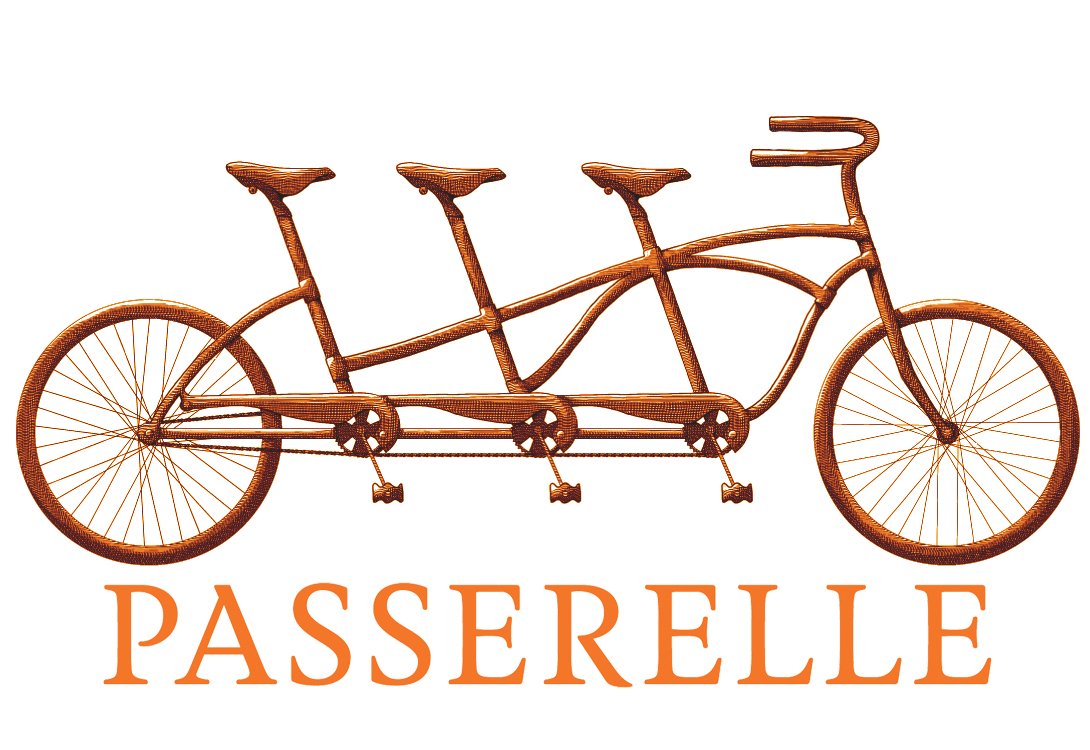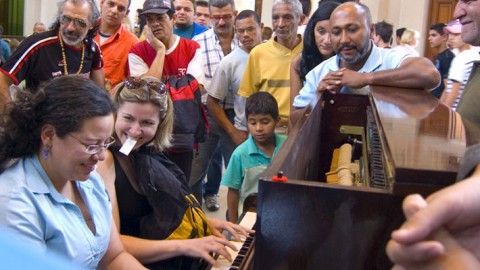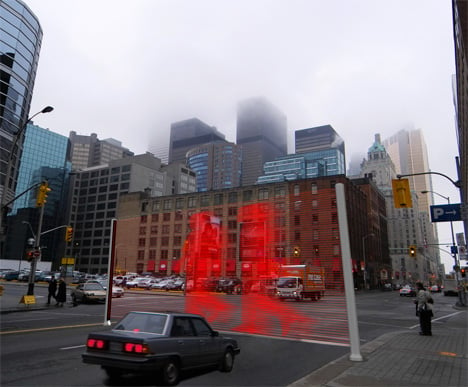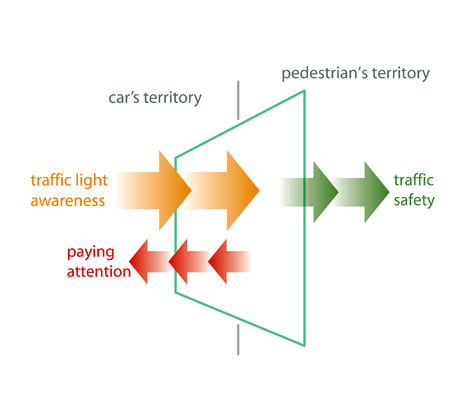Anyone who remembers the removal of the Embarcadero Freeway along San Francisco’s waterfront in 1991, and the area’s subsequent renaissance as a popular destination for both locals and tourists, will be excited to learn about San Francisco’s latest major roadway infrastructure project: the creation of the Presidio Parkway.
On Friday April 20, Taylor and I attended a “once-in-a-lifetime” tour of the in-progress reconfiguration of Doyle Drive, the strip of Route 101 that runs through San Francisco’s Presidio and up to the Golden Gate Bridge. Doyle Drive is an elevated freeway built in 1936 that has been both an eyesore and an increasing seismic and structural safety hazard for years. It divides the Presidio from the recently restored Crissy Field waterfront recreation area, much as the Embarcadero Freeway used to divide San Francisco’s Financial District from the Ferry Building and waterfront.
The plan entails replacing the outdated Doyle Drive with a new route, called the Presidio Parkway, that will run partially underground to improve connectivity between the Presidio and Crissy Field. Importantly, once Doyle Drive is removed, spectacular views of the Golden Gate Bridge from the Presidio, once obstructed by the roadway, will one day be visible. If the success of the Embarcadero project is any indication, we can’t wait to see how this Presidio Parkway turns out!

Calls for Doyle Drive’s removal date back to the 1950s when San Franciscans revolted against the Federal Highway Administration’s plan to criss-cross most major cities in the US with freeways (for more on this, check out the San Francisco Freeway Revolt). In the 1990s, the City of San Francisco formed a task force to begin analyzing Doyle Drive’s reconstruction. The scheme of undergrounding part of the roadway can be credited to landscape architect Michael Painter, who came up with the idea while working at the nearby Exploratium.
Our tour of the construction site, organized by the Urban Land Institute, was quite timely as we learned that this Friday, April 27 at 8pm, the elevated roadway we were walking on will be demolished over the course of 57 hours. We got a sneak peek at what will be the new southbound traffic route, walking through one of two tunnels that will when completed allow people to walk or bike over top seamlessly between the Presidio and Chrissy Field. As we moved through the tunnel construction zone, it was pretty amazing to think that in one week this tunnel will be packed with cars for the next 50+ years!
One aspect of the project that particularly struck both Taylor and I was its fairly universal support: from the City, community, transportation agencies, and even environmental and interest groups. Our tour guides said the proposal had received unanimous approval from the City, and that the environmental review and entitlement process went relatively smoothly. This can be somewhat unusual with an infrastructure project this large, and in an area this densely populated not to mention ecologically and historically sensitive. One potential reason for such widespread support is that the project is indeed a “win-win” for all parties, providing: a new seismically and structurally sound route that still passes vehicular traffic through to and from the Golden Gate Bridge; improved pedestrian and bicycle access between the Presidio and Crissy Field; more green space for recreation, ecological habitat, and stormwater management; and a significantly more attractive open space destination that will attract locals and tourists alike. Importantly, the lack of opposition also speaks to the effectiveness of the inter-agency coordination and collaboration that were required. The design team, the many regulatory groups, the citizens, and interest groups were all able to recognize the big picture merits of the project, and were able to work together to see it through to construction and soon completion.
As an urban planner, it is inspiring to see agencies cooperating to meet the needs and desires of a city and its residents. It is also highly inspiring to see successful examples of “big-picture” urban vision, in this case of transforming a major liability (failing and unattractive infrastructure) into an opportunity to provide not only the functional necessities like transportation throughput but also additional recreation, ecological, and aesthetic benefits that can be enjoyed by all San Franciscans and their visitors for years to come. The Presidio Parkway project shows that with a long-term perspective and a can-do attitude, anything is possible.
For more information: A good diagram of the future Presidio Parkway can be found here, and be sure not to miss this awesome fly-through visualisation video. If you happen to be up in San Francisco this coming weekend (April 28-29), it might be pretty interesting to watch the demolition of Doyle Drive. Imagine: a deteriorated and unsightly mass of concrete and rebar being razed, revealing new views of the Golden Gate Bridge, sparkly blue water, marshes, and the iconic Presidio buildings previously obscured!







Also check out the Urban Land Institute's recap of this tour.















 © Roca
© Roca
 © Hego
© Hego © Yan Lu
© Yan Lu © Yan Lu
© Yan Lu The snazziest way to get to school these day is by
The snazziest way to get to school these day is by 









 Green is the new black these days.
Green is the new black these days. 




 The town of
The town of 








 Why is it that we can only find playful spaces and activities in parks and school yards? Wouldn't it be great to take a 5 minute "swing break" during the work day? Well the folks from
Why is it that we can only find playful spaces and activities in parks and school yards? Wouldn't it be great to take a 5 minute "swing break" during the work day? Well the folks from  Their
Their 

 The New York times recently
The New York times recently 